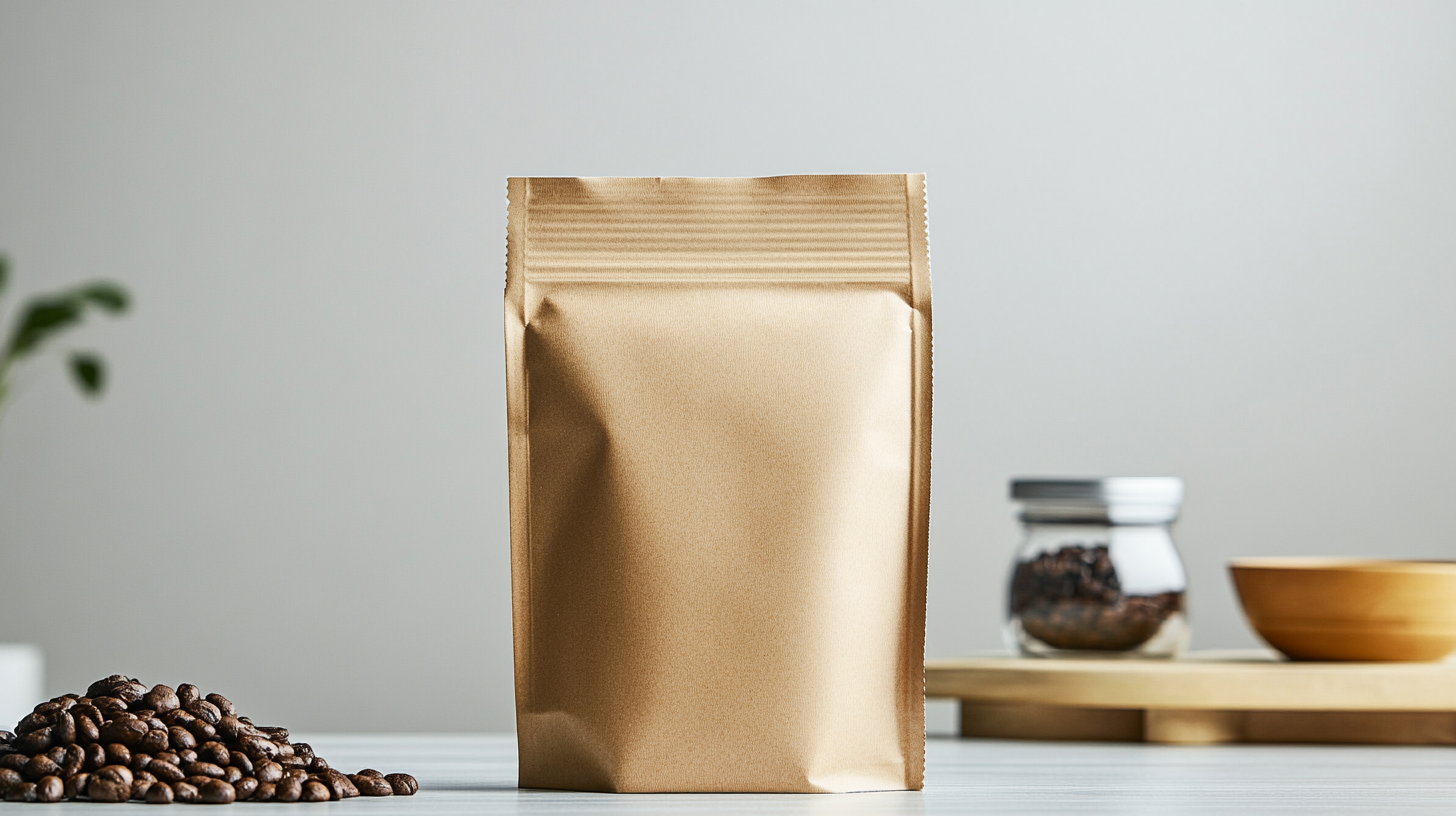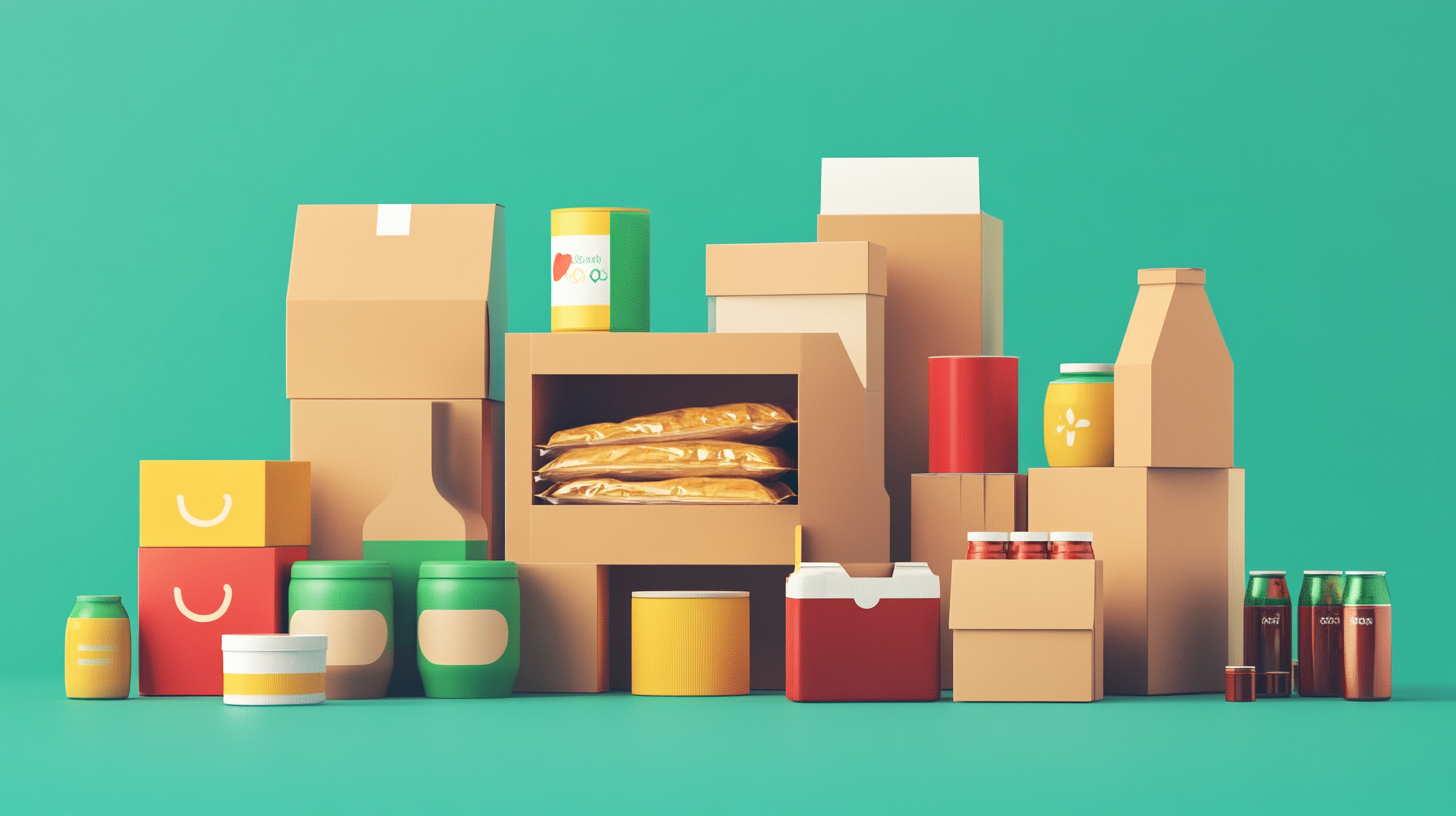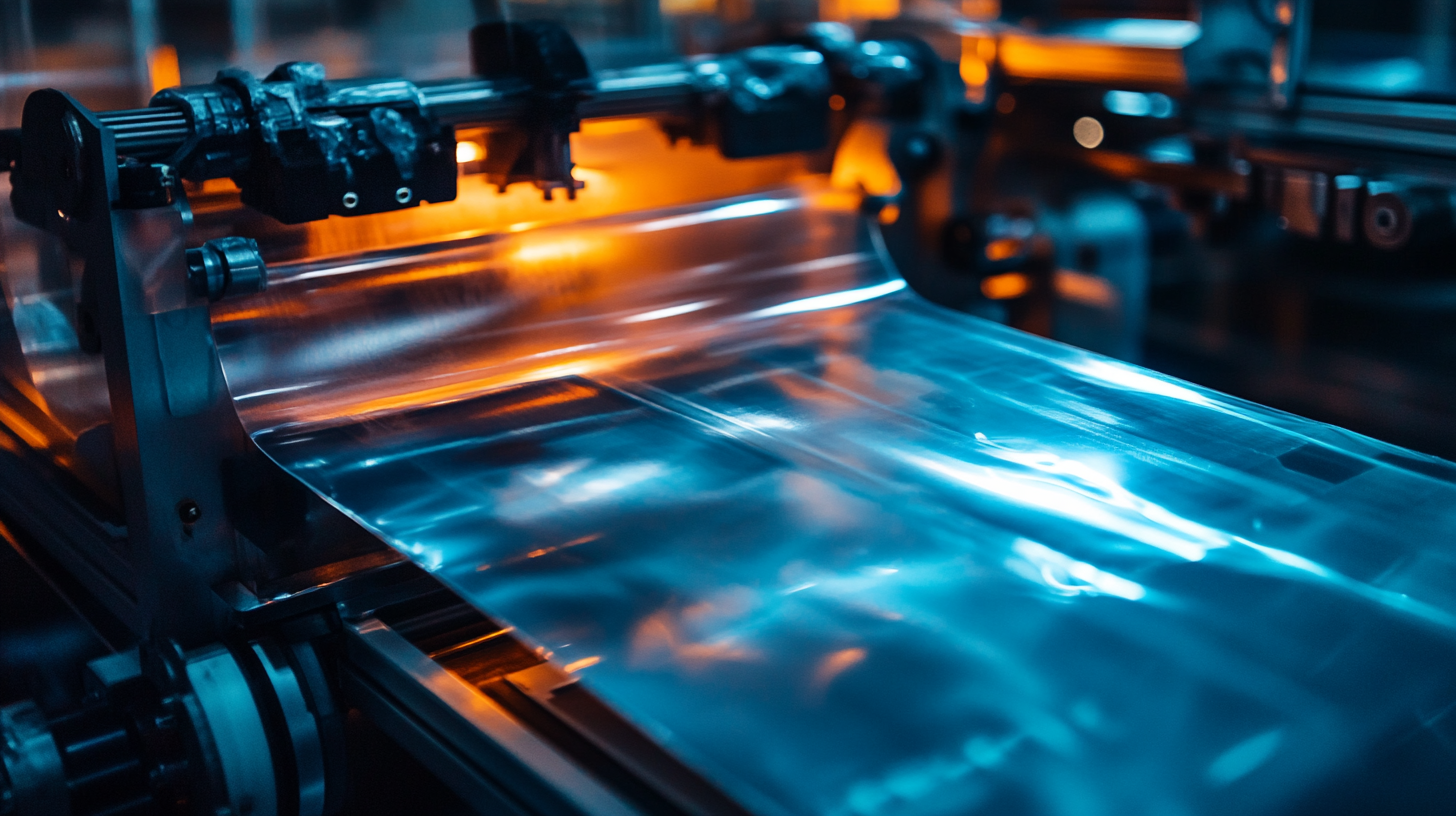ProMach is your partner from start to finish. Our product brands are grouped into distinct business lines that make the most sense to our customers, covering every function of the production line: Filling, Bottling & Capping, Decorative Labeling, Flexibles & Trays, Pharma, Handling & Sterilizing, Labeling & Coding, Robotics & End of Line, and Systems & Integration.
learn moreThe Next Generation of Flexible Packaging Solutions
The world of packaging is undergoing a transformative shift, driven by innovative technologies and changing consumer preferences. As businesses strive for sustainability and efficiency, flexible packaging has emerged as a game-changing solution that meets the demands of modern supply chains. This versatile packaging format offers numerous advantages, including reduced environmental impact, enhanced product shelf life, and improved consumer convenience. In this blog, we will explore the next generation of flexible packaging solutions, highlighting the latest advancements and trends that are reshaping the industry.
As we delve deeper into the realm of flexible packaging, it becomes evident that this sector is not only about functional benefits but also about aesthetics and design. Brands are becoming increasingly aware of the importance of visual appeal and customer engagement, leading to a surge in innovative packaging designs. Furthermore, advancements in materials and production techniques are pushing the boundaries of what flexible packaging can achieve. Join us as we uncover how these next-generation solutions are setting new standards in sustainability, functionality, and consumer satisfaction, ultimately redefining the future of packaging.

Innovative Materials Transforming Flexible Packaging Options
As the demand for sustainable and efficient packaging solutions continues to rise, innovative materials are shaping the future of flexible packaging options. Gone are the days when traditional plastics dominated the market; manufacturers are now turning to biodegradable and compostable materials that not only protect products but also minimize environmental impact. For instance, new bioplastics derived from plant-based sources offer the necessary durability while being more eco-friendly, allowing companies to align their packaging strategies with global sustainability goals. In addition to sustainability, advancements in material science have led to the development of films and coatings that enhance the performance of flexible packaging. These innovative materials improve barrier properties, extending shelf life while reducing the amount of packaging needed. Incorporating features like moisture and oxygen barriers, companies can preserve product freshness and quality, ultimately leading to reduced food waste. Moreover, these advanced materials can be engineered for a wide range of applications, from food and beverage to personal care products, making them a versatile choice for manufacturers. Moreover, customization is another key facet of the evolving landscape of flexible packaging solutions. With advancements in printing technology and digital capabilities, brands can now create eye-catching designs and labels that resonate with consumers. Personalized packaging can enhance brand visibility on the shelf and engage customers in ways that were previously unimaginable, making the unboxing experience just as important as the product itself. As innovators continue to explore new material combinations and applications, the future of flexible packaging looks bright, paving the way for smarter, greener options.

Sustainable Practices in the Future of Flexible Packaging
As the demand for eco-friendly solutions continues to rise, the future of flexible packaging is poised for a significant transformation towards sustainable practices. Traditional packaging materials often contribute to environmental degradation and waste, pushing manufacturers to explore alternatives that minimize their ecological footprint. Innovations in biodegradable and compostable materials are at the forefront of this shift, enabling brands to align with consumer expectations for sustainability while maintaining functionality and aesthetic appeal.
Additionally, the integration of recycled content in flexible packaging is gaining traction. By utilizing post-consumer materials, companies can reduce virgin resource consumption and promote a circular economy. This not only lessens the environmental impact but also resonates with consumers who are increasingly making purchasing decisions based on sustainable practices. Brands committed to transparency can leverage this movement to build trust and loyalty among eco-conscious customers.
Moreover, advancements in printing and adhesive technologies are making it easier to create high-quality, recyclable packaging. These developments not only enhance the visual appeal of products but also ensure that they can be efficiently processed in recycling facilities. As flexible packaging continues to evolve, the focus on sustainable practices will be a critical component of innovation, driving the industry towards a more environmentally responsible future.

Technological Advancements Enhancing Packaging Efficiency
The rapid evolution of packaging technologies is reshaping industries, particularly in the semiconductor sector. With advancements in artificial intelligence (AI) and high-performance computing (HPC), the demand for enhanced semiconductor performance and energy efficiency has skyrocketed. This shift not only fosters innovation but also necessitates new packaging solutions to meet these rigorous standards. Emergent technologies such as Co-Packaged Optics (CPO) are at the forefront of this transformation, offering a novel approach that integrates optical components directly with semiconductor chips. This integration is pivotal for modern data centers and high-performance networks as it addresses significant challenges related to speed and data transmission efficiency.
Another noteworthy aspect of this evolving landscape is the surge in the packaging robots market, which is projected to reach USD 19.0 billion by 2033. As businesses grapple with increasing consumer demands and complexity in packaging tasks, robotics plays an instrumental role in streamlining operations. The precision and efficiency of packaging robots not only enhance productivity but also contribute to reducing operational costs and improving consistency in packaging quality.
Moreover, the growth potential in the high-end semiconductor packaging market is substantial, with expectations to reach USD 158 billion by 2033. With a compound annual growth rate (CAGR) of 16.4%, this sector is witnessing a boom driven by the integration of advanced packaging technologies that cater to new applications in IoT, automotive, and consumer electronics. The intersection of technological advancements and proactive market strategies promises to redefine the packaging landscape, positioning it to meet future challenges head-on.

Consumer Trends Driving Demand for Flexible Solutions
The shift toward flexible packaging solutions is being significantly driven by evolving consumer trends that prioritize convenience and sustainability. Today’s consumers are more aware of their purchasing choices and the environmental impact associated with packaging. As a result, they increasingly seek products that not only meet their functional needs but also align with their values. Flexible packaging, with its lightweight and efficient design, offers an attractive solution by minimizing waste and maximizing the use of materials.
Moreover, the rise of on-the-go lifestyles has fueled the demand for packaging that is easy to use and transport. Consumers are gravitating towards products that come in resealable pouches or single-serve formats, allowing for easy storage and transport. Brands that incorporate user-friendly design into their flexible packaging can capture this growing market segment. Additionally, innovative designs that enhance product visibility and freshness can set brands apart, making flexible packaging a critical component in developing a competitive edge.
As e-commerce continues to thrive, the need for packaging that can withstand the rigors of shipping while remaining aesthetically pleasing is more crucial than ever. Flexible packaging solutions not only reduce the risk of damage during transit but also offer brands the opportunity to create eye-catching designs that appeal to consumers online. In this landscape, companies that embrace flexible packaging will not only meet the demands of today’s consumers but also pave the way for a more sustainable future.
Challenges and Opportunities in Flexible Packaging Development
The flexible packaging industry is experiencing significant transformation, driven by the need for sustainable solutions. As various stakeholders strive to meet consumer demands for eco-friendly products, they face considerable challenges in adjusting their operations. Major challenges include sourcing sustainable materials, ensuring recyclability, and adhering to evolving regulatory standards. Companies must navigate these complexities while still delivering high-quality packaging that meets performance expectations.
Opportunities abound in this tumultuous landscape. The growth of the sustainable packaging market, projected to reach considerable value by 2035, indicates a robust demand for innovative solutions. Embracing reusable packaging concepts offers a particularly promising avenue. As the market for reusable systems gains momentum, brands can capitalize on consumer trends that favor environmental responsibility. Transitioning to flexible packaging solutions not only reduces waste but also contributes to a positive brand image in an increasingly eco-conscious marketplace.
Moreover, advancements in printing technologies and biodegradable materials present additional pathways for growth. Businesses that invest in these innovative technologies can set themselves apart in a crowded market while addressing sustainability concerns. The ability to create flexible packaging that is both functional and eco-friendly can ultimately lead to a competitive edge in the industry, meeting the dual demands of consumers and regulatory bodies alike.
